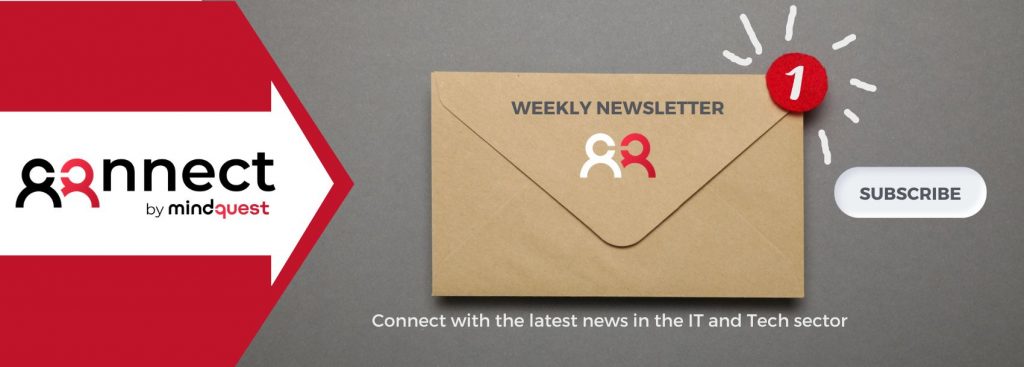S/4HANA represents one of today’s most buoyant areas of enterprise IT. Investing time in developing your S/4 expertise can lead to a very successful and reliable career. But what is this new iteration of SAP’s ERP all about? How does it differ from its predecessor, ECC6? Time for a quick overview of SAP S/4HANA.
S/4HANA is short for “Simplified For HANA (Hi-Performance Analytical Appliance).” While ECC6 objective is to run on a variety of databases from vendors such as Oracle or IBM, S/4HANA; as its name suggests; can only operate on SAP HANA. Launched in 2015, SAP’s in-memory database allows for increase data access speed and greater live data analysis capabilities. This is a key advantage in the era of the connected enterprise and data insights. Additionally, a different column-based data organisation allows for the reduction of the number of databases needed to integrate all the information. This allows to streamline and speed up data analysis.
But let’s dive into the details of this overview of SAP S/4HANA.
SAP S/4HANA vs ECC6: A New UX
Additionally, S/4HANA comes with significant updates. Among the most immediately noticeable changes is the system’s reliance on the SAP Fiori 3 UX. The new user experience streamlines day-to-day use of the platform for both developers and end-users.
Learn more about the advantages and disadvantages of SAP
Module updates and data integration
Another big change introduced by S/4HANA comes in terms of module and component organisation.
Firstly, data from what were two separate modules; Financial Accounting (FI) and Controlling (CO); is now integrated into a single pool of information: the Universal Journal. The new arrangement allows users and business managers to make better and faster decisions from a more holistic financial and management perspective.
By integrating all accounting-relevant information from various components into a single, universal journal, S/4HANA speeds up data processes by eliminating redundancies and data reconciliation. The result is a data insights ecosystem that puts less strain on the system and has a reduced memory footprint.
Embedded analytics and Machine Learning
Additionally, a built-in data analytics module further supports this integrated data processing approach. Embedded Analytics leverages SAP ABAP Core Data Services technology to create Virtual Data Models out of operational data and provide real-time operational reporting. In other words, everything that business users need to operate from a smart business cockpit packed with data insights and forward-looking tools.
Furthermore, embedded Machine Learning capabilities push these predictive tools to a new level, allowing companies to build smart applications like predictive pricing and maintenance.
Greenfield vs. Brownfield implementation
First of all, it is important to note that not all S/4HANA migration projects work in the same way, and therefore, the expertise you will require and obtain will depend on the type of project you are involved in.
A greenfield implementation refers to the process of adopting S/4HANA and designing its ERP system from scratch. This approach parts from the business and operational needs of the system to then come up with the technical infrastructure that will make it possible. Greenfield projects can be applied when an organization has no previous ERP system or processes in place, as well as when it wants to design a completely new one.
Conversely, brownfield implementations part from already present processes or systems and convert them to the S/4HANA platform. This process involves the revision of the entire previous ecosystem and then the optimisation of existing processes. Companies who are already working with SAP’s previous suite (ECC6 and want to upgrade to S/4HANA, often apply it.
Blueprinting
Preparation is fundamental. A successful migration to S/4HANA is dependent on the proper outlining of a series of key processes. Since the ERP suite has a one source of truth approach, these involve integrating all relevant data into the same data pools. The processes will be approached differently in greenfield and brownfield migrations.
For example, all accounting-related data will be entered once into the Universal Journal. A similar process will be carried out to unify all partner-related information into the Business Partner data pool. A thorough mapping and configuration of New Asset Accounting will be required to migrate to S/4HANA finance, etc.
The team in charge of the migration will need to make an inventory of all preexisting data sets and figure out a way of adapting them to the S/4HANA ecosystem. These processes involve a lot of data cleaning and reconciliation and can take a lot of time. However, companies must ensure they put enough focus on this step, as it will serve as the backbone on which to build a next-generation ERP and a truly intelligent digital enterprise.
This overview of SAP S/4HANA piqued your interest? Want to make the most of S/4HANA’s career potential? Check out also our comprehensive S/4HANA Careers Guide.
Need advice on how to start or develop your freelance consulting business in tech or IT? Need to start a new permanent or freelance assignment? Join Mindquest and get support from our team of experts.















